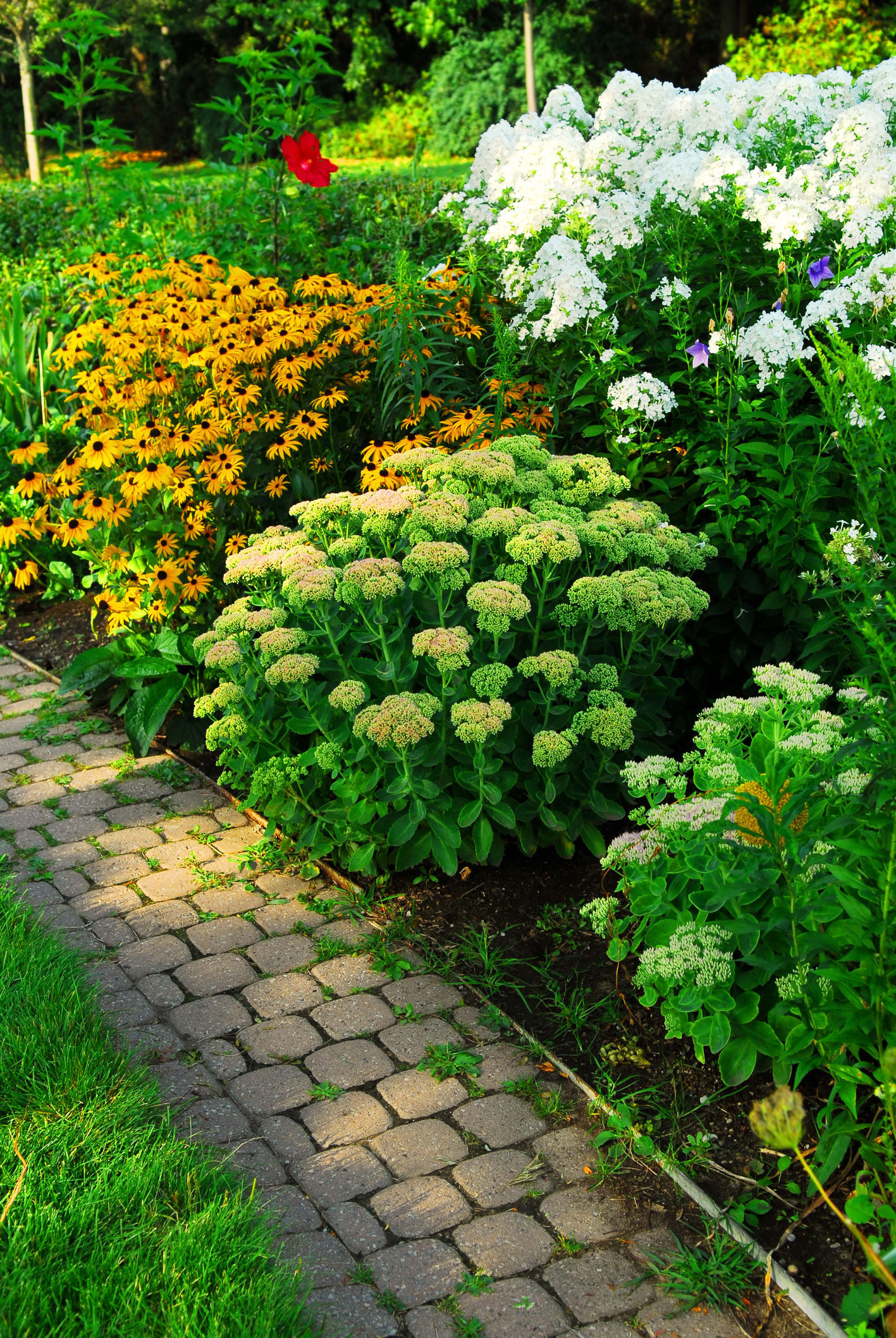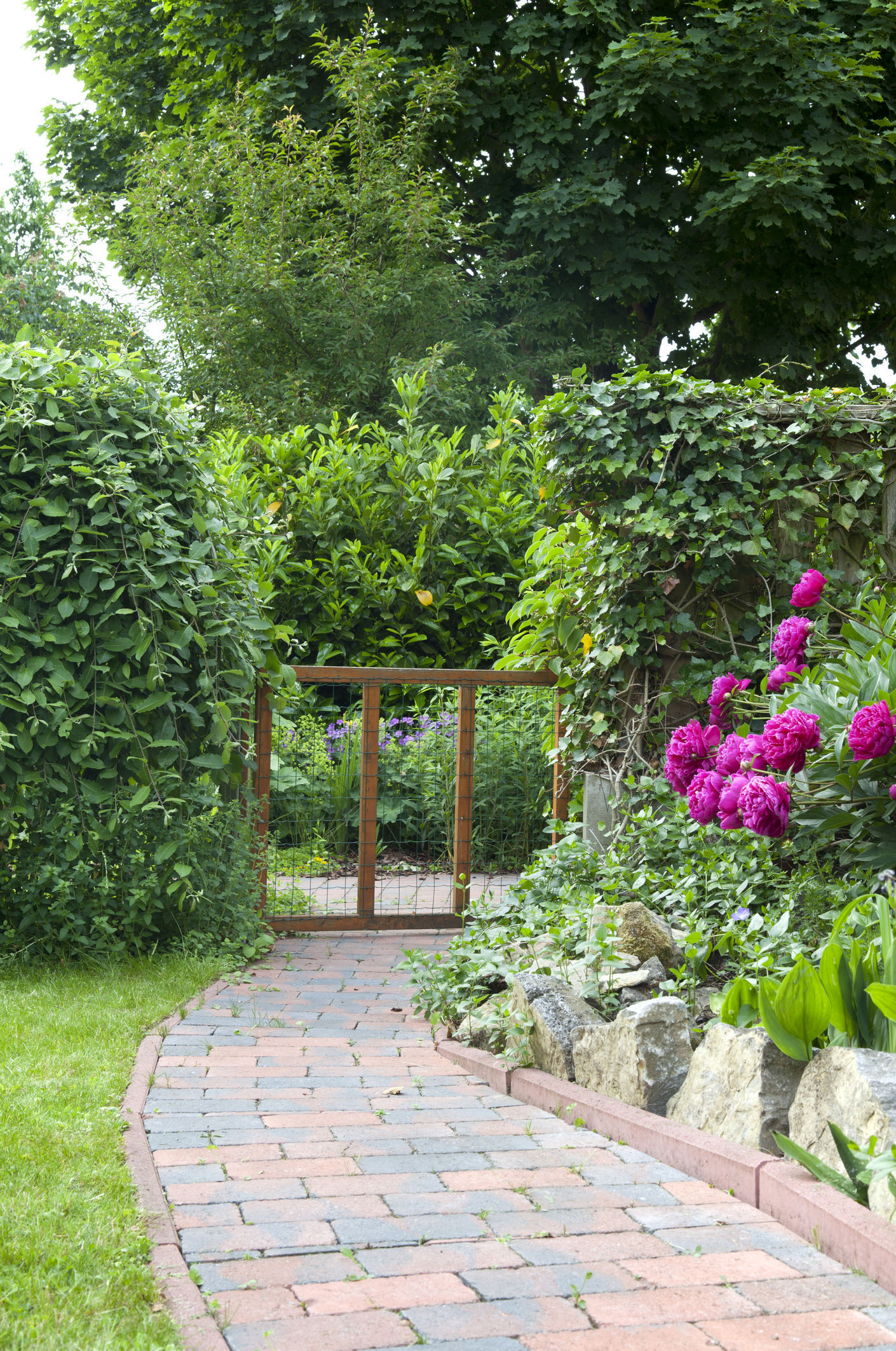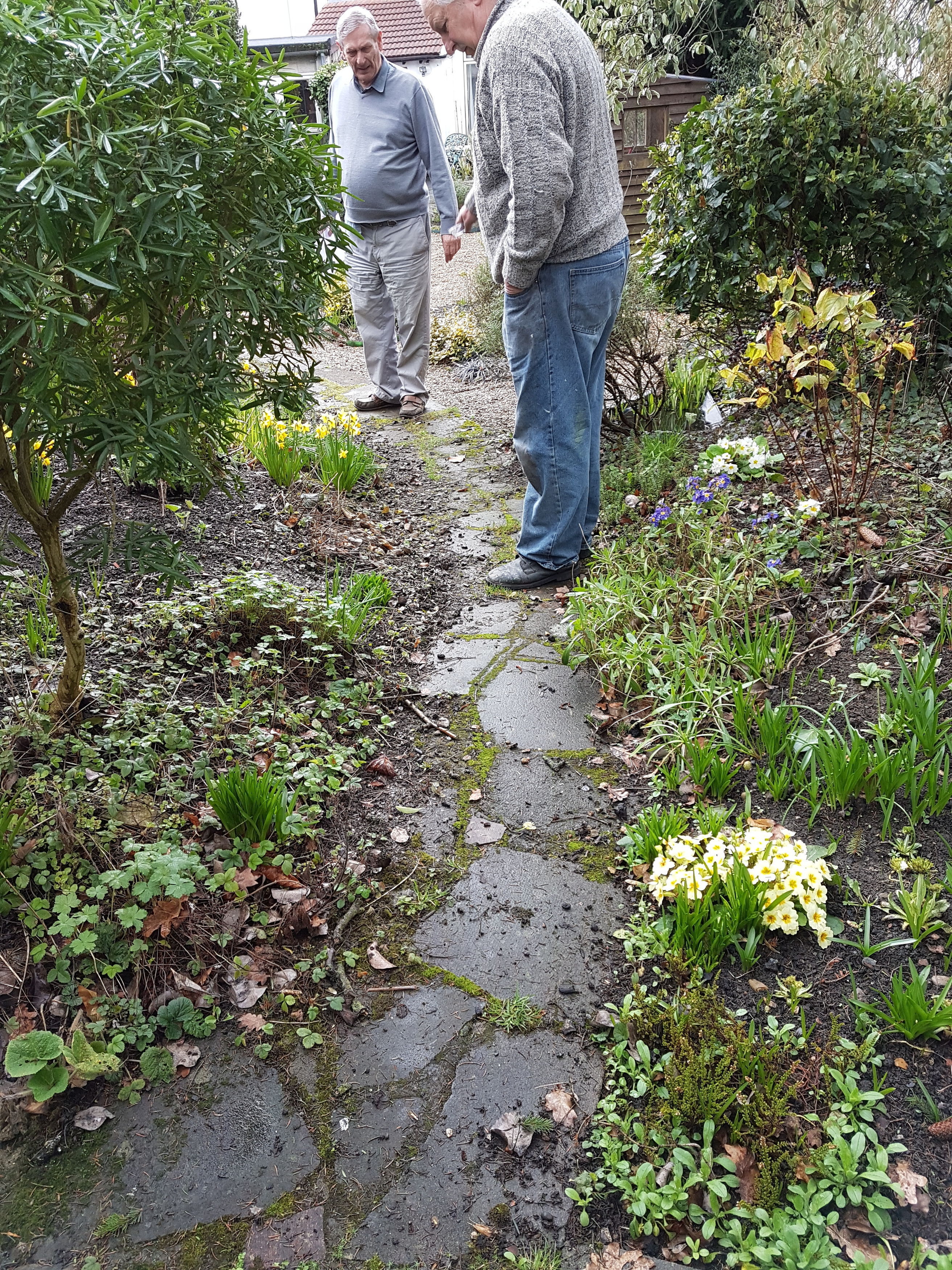Articles / Property News
Transform your outside space in five easy steps
Richard Burr reveals how to give your garden a facelift by repointing your path in five easy steps
By: Richard Burr
Published: 2017-11-13 00:00:00
Category: Property News

There are so many occasions where you look at your garden and wonder where to start. Often you think the only solution would be to totally re-landscape, but a bit of sprucing-up can have a dramatic effect.
Follow these five steps to repointing a shabby old path and you'll be amazed at the difference it makes...
1. Prepare your path
If you've got a patio or a path made up of any type of jointed paving slab, the chances are, if you haven't taken care of it, it'll look pretty tatty. Plants and moss grow in the joints and every winter, they freeze and blow the mortar out a little bit more. Before you know it, the whole thing is a muddy, weed-matted mess.
Fear not! To start, you need to clear your area. This means getting a sharp spade or shovel, finding the edges of your path and cutting away all the vegetation that's grown over the top of it. Even doing this will make the task ahead look 100 times more manageable. Use a stiff broom to sweep the path and lift any loose moss sticking to the face of your stones.

2. Rake out
Wait for a dry day before you begin. Now it's time to get on your hands and knees, so get knee pads or something soft to kneel on - you'll thank me for this tip! You need to get the broken mortar out of the joints and bag it up in rubble sacks as you go - you'll be surprised how much comes out. There are a few tools you'll need for this job: a hand brush (that you don't mind ruining), a pointing trowel, a hammer and a tool called a cold chisel.
This is a tool I've probably used every week since the day I started building. You'll be surprised by how many uses you find for it - prising stuff, wedging things open, cutting heavy-duty things. You'd blunt a lot of wood chisels before you even made a dent in one of these, and it'll probably last you a lifetime.
Start at the beginning of your path and work your way along. Prise-up your mortar with a pointing trowel if it's loose, or a hammer and cold chisel if it's hard. As you clear the mortar, use your hand brush to get all the dust out. Be sure to pull out any roots, weeds or bits of green as you find them, and dig out to the depth of the paving stones.

3. Mix your mortar
Wherever you mix it, cement will stain, so you need a large wooden board (at least a square metre) as a surface. Calculating how much cement and sand you need can be difficult, but thankfully it's sold in every DIY store, so it's very easy to get more if you run out. However, make sure you get the same type of sand, or the colour of your mortar will look different. The reason it's difficult to calculate is because it depends on the size and depth of your joints, as well as how big your path or patio is. As a rough guide, for a path around 0.7m by 10m, I would use about 2 x 25kg bags of cement and 8 x 25kg bags of plastering sand.
Lay a heavy duty plastic sheet on the ground, put your wooden board on top of this and tip two bags of sand into the middle of your board. Add half a bag of cement on top of this and use a shovel to mix this together (a bit like flour and cocoa powder when you're making chocolate cake!). Once this is mixed together, pile it in the centre of your board and use your shovel to make a deep well in the middle. Pour about five litres of water into the well and mix this in with your shovel.
This process is quite subjective, and dependent on how wet your sand is in its bag. For this quantity, I can use anything from five to nine litres to get the right consistency. You should be able to pick the mortar up with your hands without it dripping through your fingers, but not so dry it crumbles as you hold it.

4. Re-point until you run out of mortar
Cut out about 30cm squared of your plastic sheeting and dollop about a honeydew melon-sized amount of mortar onto this. Flatten the mortar down slightly with the back of your trowel to spread it out on the sheet. Pick up some mortar on your trowel, flop this into the joint between paving slabs and, using the edge of your trowel, chop it into the gap. Keep doing this until you're flush with the top surface of your paving stones. To flatten the mortar to the level of your paving stones, smooth the trowel towards you with the flat of your trowel. Chop the next bit of mortar in and always smooth this into the mortar you've already done. Keep going until you've run out of mortar (or energy) and then mix up some more.
5. Mark up any repaired slabs
As you work, there may be some paving slabs that pop up. This can be because roots have got underneath them, but it could also be an ants nest undermining them, for example. Lift your slab, scrape or cut away what has made it pop up, and put down a layer of mortar to lay the slab on. This can't be a smooth layer or your paving stone will have nothing to bed-in to, so chop the mortar in - as described before - and put a chalk cross on this slab, so you know not to tread on it. Mortar doesn't take too long to dry, but make sure you don't walk on your path until at least the following day.
 LOGIN TO
LOGIN TO 